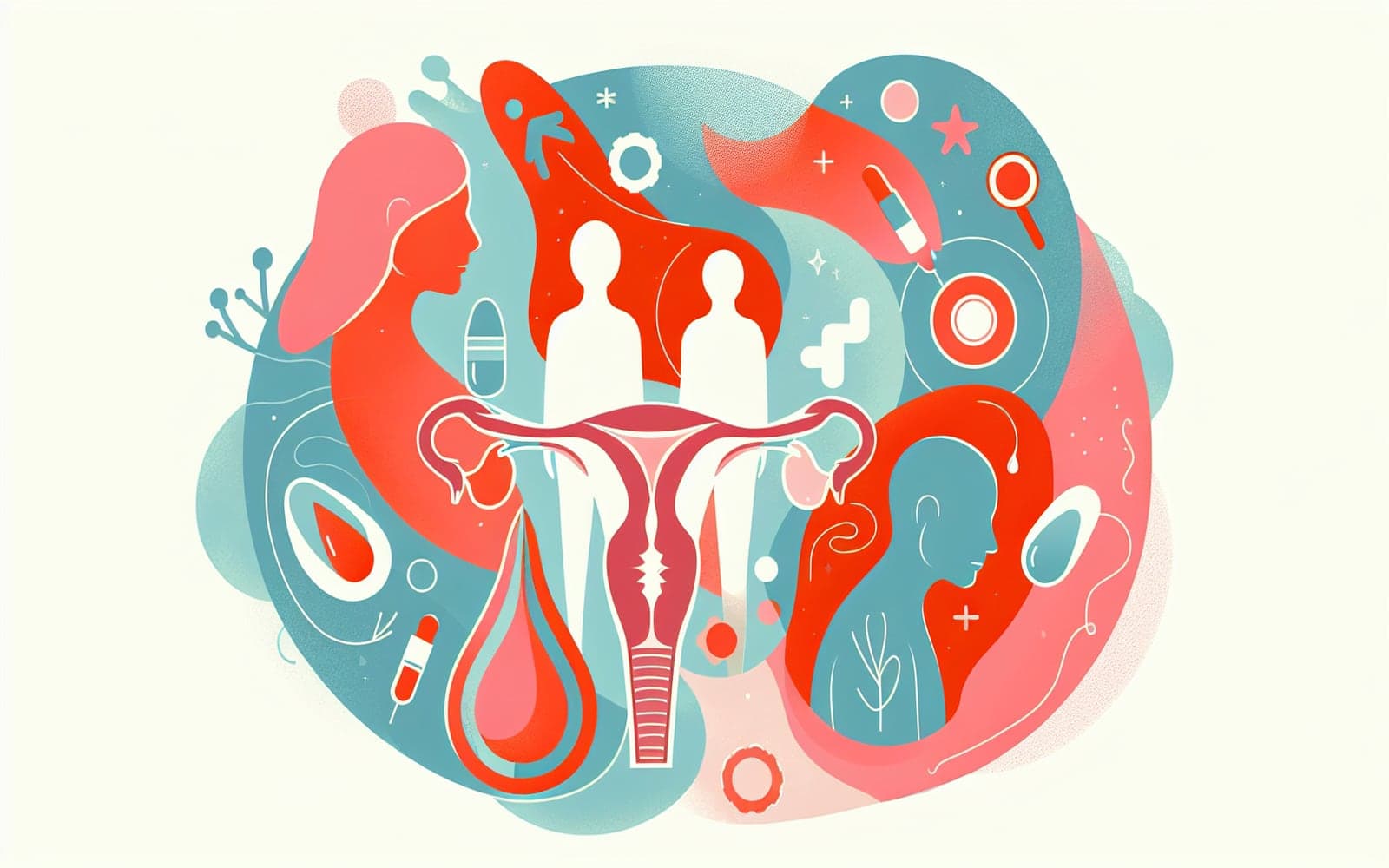Are You at Risk for Painful Periods?
Published: Jul 23, 2024
Understanding what makes some women more susceptible to dysmenorrhea can help in managing and preventing it.
Contents
Who is More Susceptible?
Young women, particularly adolescents, are more prone to dysmenorrhea. Other risk factors include smoking, stress, and a family history of the condition.
Factors That Reduce Risk
Factors like early childbirth, higher parity, and hormonal contraceptive use can lower the risk of developing dysmenorrhea. These factors may alter hormonal levels that influence menstrual pain.

Addressing Modifiable Risks
Quitting smoking and managing stress are crucial steps to reduce the impact of dysmenorrhea. Lifestyle changes can significantly alleviate symptoms or prevent them from worsening.
Frequently Asked Questions
Young women and those with a family history are most at risk.
Yes, quitting smoking and reducing stress can help.
Early childbirth and hormonal contraceptive use can reduce risk.
Yes, there is a small familial predisposition.
Key Takeaways
Identifying and managing risk factors can help reduce the burden of dysmenorrhea.
Try it out by speaking with Doctronic about your risk factors today.Related Articles
References
Ju H, Jones M, Mishra G. The prevalence and risk factors of dysmenorrhea. Epidemiol Rev 2014; 36:104.
Sundell G, Milsom I, Andersch B. Factors influencing the prevalence and severity of dysmenorrhoea in young women. Br J Obstet Gynaecol 1990; 97:588.
Always discuss health information with your healthcare provider.